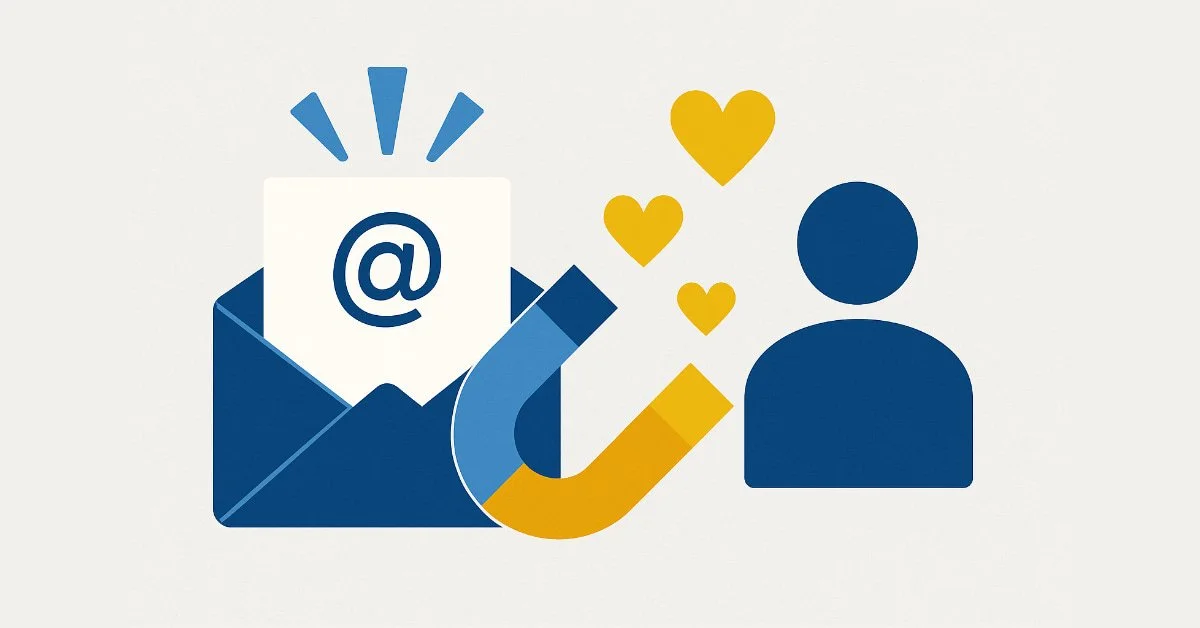From Churn to Retention: Email Metrics That Predict Customer Loyalty
Customer churn is a fact of business life, but it doesn’t have to be a mystery. Hidden in your email marketing data are the signals that show whether a customer is likely to stick around or walk away. By tracking the right metrics, you can move beyond guesswork and take actionable steps to keep customers engaged.
This post breaks down the most telling email metrics for predicting customer loyalty, why they matter, and how to use them to reduce churn and improve retention.
The Metrics That Matter for Loyalty Prediction
1. Engagement Over Time
What to Track: Open rates, click-through rates, and click-to-open rates over a customer’s lifecycle.
A one-time open doesn’t signal loyalty—consistent engagement does. Look for patterns over weeks or months. A dip in activity often precedes churn, while steady engagement indicates a healthy relationship.
How to Use It:
Create engagement scorecards to flag at-risk customers.
Trigger re-engagement campaigns when engagement drops by a set percentage.
2. Time to First Engagement
What to Track: How long it takes a new subscriber to open or click their first email.
The faster someone engages after signing up or purchasing, the more likely they are to remain active. Delays in engagement can signal uncertainty or a lack of interest.
How to Use It:
Optimize welcome sequences to encourage early clicks.
Test incentives, like exclusive offers, to shorten time to first engagement.
3. Frequency of Interaction
What to Track: How often an individual opens or clicks over a set period.
Frequency reveals how embedded you are in a customer’s routine. Too infrequent, and you risk being forgotten; too frequent without value, and you risk fatigue.
How to Use It:
Segment customers by engagement frequency.
Adjust send cadence for different groups to balance presence and relevance.
4. Content Preference Trends
What to Track: Click patterns that reveal topic, product, or format preferences.
Loyalty grows when customers consistently find value in your emails. By tracking which content types draw clicks over time, you can tailor messaging to match evolving interests.
How to Use It:
Tag content links in campaigns to analyze trends.
Personalize future emails using a customer’s top-clicked categories.
5. Conversion Lag
What to Track: Time from email click to purchase or desired action.
Customers with shorter conversion lags often have stronger buying intent and brand attachment. Long delays may indicate hesitation or low urgency.
How to Use It:
Use triggered reminders for customers who clicked but didn’t convert within a certain window.
Test urgency drivers like limited-time offers to shorten lag times.
Turning Metrics Into Retention Strategies
Metrics are only valuable if they drive action. Here’s how to move from insight to impact:
Build an At-Risk Segment: Use engagement decline or increased conversion lag as triggers for retention campaigns.
Create Loyalty Scoring Models: Combine engagement, frequency, and preference data into a single loyalty score.
Automate Win-Back Campaigns: Use marketing automation services to trigger targeted offers or surveys when key metrics dip.
Continuously Test: Experiment with subject lines, send times, and content formats to see which improve loyalty indicators.
Why Loyalty-Focused Email Metrics Work
Unlike broad vanity metrics, loyalty-focused metrics align directly with the customer lifecycle. They tell you where each customer is in their journey, allowing you to meet them with the right message at the right time. Over time, this approach shifts your email program from reactive to proactive—keeping churn low and lifetime value high.

